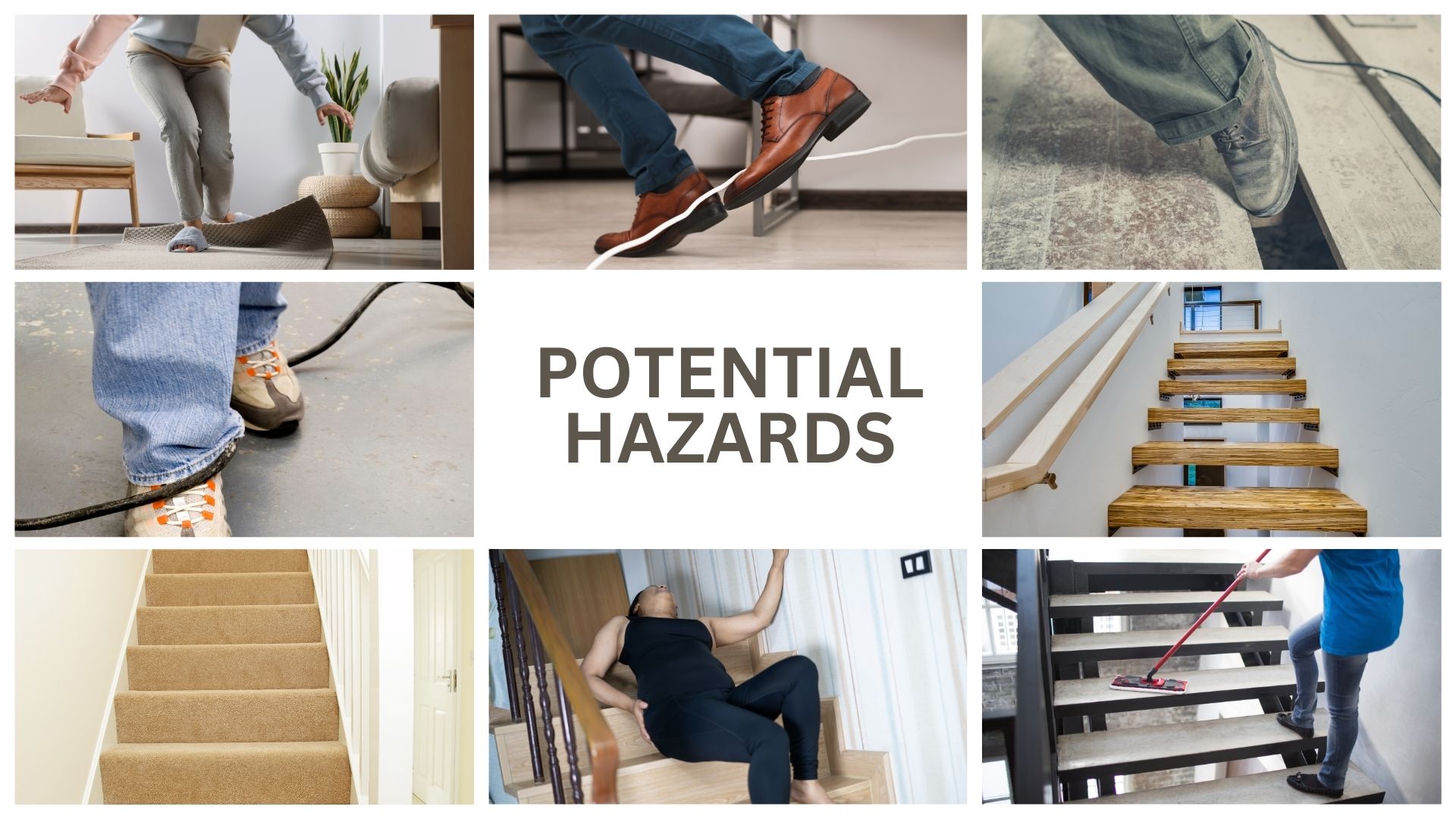
care-essentials
Simple Modifications For Safer Living

Introduction
Creating a safe and accessible living environment can make all the difference for seniors who wish to age in place. A few strategic changes around the house can prevent falls, reduce accidents, and increase overall confidence. From installing grab bars to arranging furniture for better mobility, here are cost-effective tips to help older adults maintain independence and peace of mind at home.
1. Start With a Home Safety Assessment
Before making any modifications, it’s crucial to evaluate the existing layout and pinpoint hazards. Consider enlisting a professional (like an occupational therapist or home safety expert) to walk through the home with a fresh perspective.
- Checklists: Create a simple checklist of potential trouble spots—loose rugs, poorly lit areas, cluttered walkways.
- Prioritizing Changes: Focus on high-risk zones first (like staircases and bathrooms).
A thoughtful assessment can save time and money by helping you address the most critical safety concerns first.
2. Entryways and Hallways
For seniors with mobility aids (walkers, canes, or wheelchairs), clear and wide passageways are essential.
- Doorway Widening: If possible, consider installing offset hinges to add a few extra inches, making it easier for wheelchairs or walkers to pass through.
- Ramps and Handrails: Even a small step at the entrance can pose a risk. A well-built ramp with a sturdy handrail improves accessibility and reduces the chance of falls.
- Flooring Upgrades: Choose non-slip flooring or use low-pile carpets in hallways to minimize tripping hazards.
Investing in safe, accessible entryways ensures seniors can come and go with confidence.
3. Bathroom Modifications
The bathroom is often cited as the most hazardous room in the home due to wet, slippery surfaces. Simple, cost-effective updates can significantly reduce risks:
- Grab Bars: Install grab bars near the toilet and in the shower or bathtub. Ensure they’re anchored properly to support an adult’s weight.
- Non-Slip Mats: Place them inside and outside the tub or shower, and choose a textured bathmat that stays securely in place.
- Raised Toilet Seats and Shower Chairs: These additions can make daily tasks more comfortable and safer for those with limited mobility.
A well-equipped bathroom helps seniors maintain personal hygiene without fear of slipping or falling.
4. Kitchen Safety and Accessibility
In the kitchen, accidents can happen if countertops are too high or if heavy items are stored out of reach:
- Adjustable Shelving: Keep frequently used dishes and cookware on lower shelves. Consider pull-out drawers or cabinet organizers for easier access.
- Lever-Style Faucets: Replace round faucet knobs with lever handles, which are easier to turn for those with limited grip strength.
- Adequate Lighting: Install under-cabinet lighting to make food prep safer, reducing the risk of cuts or burns.
With a few modifications, the kitchen can remain a comfortable space where seniors continue to enjoy cooking.
5. Living Room & Bedroom Upgrades
Living rooms and bedrooms should be clutter-free to avoid trip hazards:
- Rearrange Furniture: Create wide, open walkways for easy navigation, especially if mobility aids are used.
- Stable Seating: Choose chairs and sofas with firm cushions and armrests, making it easier to sit down and stand up.
- Bed Rails & Night Lights: A sturdy bed rail can assist with getting in and out of bed safely. Adding a night light near the bed helps with late-night bathroom trips.
Small adjustments can support independence and provide daily convenience.
6. Improve Lighting Throughout the Home
Poor lighting is a major factor in household accidents. Seniors often require brighter lights to see clearly:
- LED Bulbs: They provide consistent, bright lighting and are energy-efficient.
- Motion Sensors: Consider installing motion-activated lights in hallways, bathrooms, or staircases for those midnight trips.
- Task Lighting: Place lamps where seniors read or do detailed tasks, such as knitting or paying bills.
Well-lit rooms reduce eye strain and help prevent mishaps.
7. Final Considerations and Support
Even simple modifications can be physically demanding to install. Professional handymen, community volunteer groups, or home care agencies often help with tasks like putting up grab bars or rearranging heavy furniture. Ensuring changes are done correctly and securely is essential for maximum safety. As life circumstances evolve, continue to reassess the living space. Aging is a journey; your home should adapt to ever-changing needs, ensuring seniors remain confident, comfortable, and independent for as long as possible.
ABOUT US

Founded on empathy, integrity, and professionalism, we are committed to helping families navigate the challenges of aging, disability, and cognitive conditions through specialized, non-medical care.

860 - 990 - 9088

DanPhilcocare@gmail.com

30 Oakland Avenue, Farmington Connecticut 08032
Links
Privacy Policy
Frequently Asked Questions
Terms Of Service
Book Appointment
About Us
SOCIAL


.png)
© Copyright 2025. Danphilco Care - Home Care Agency